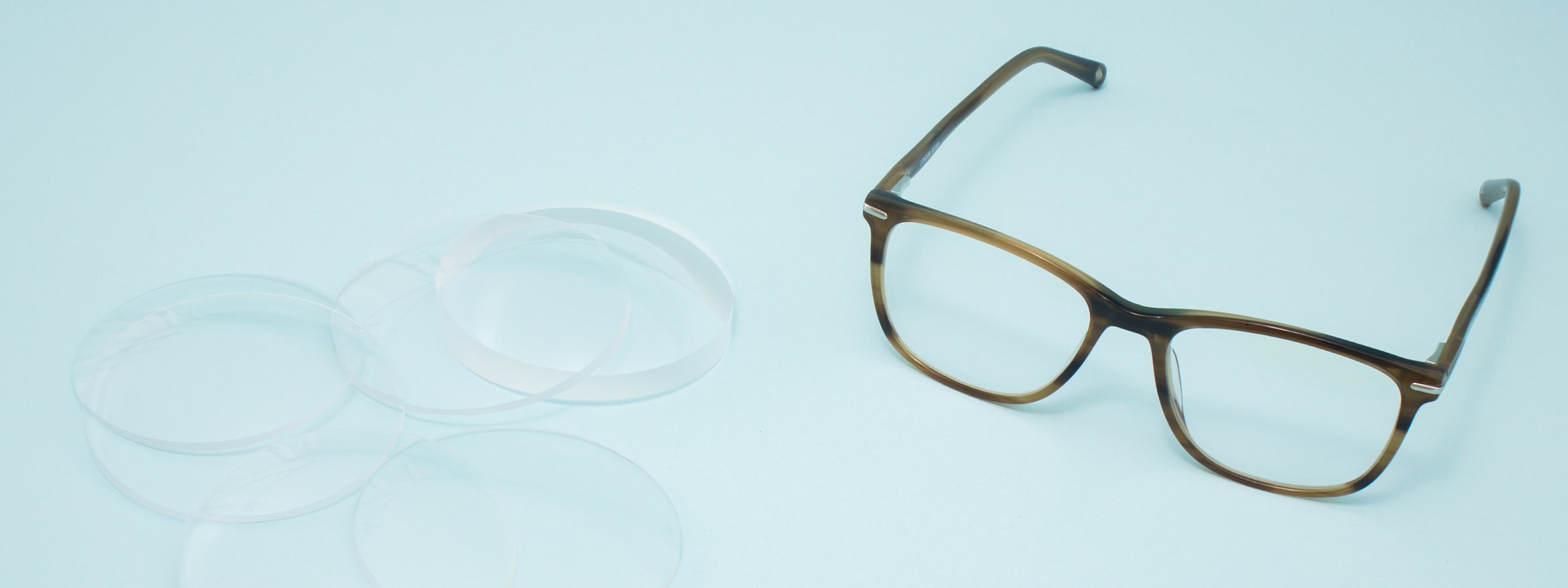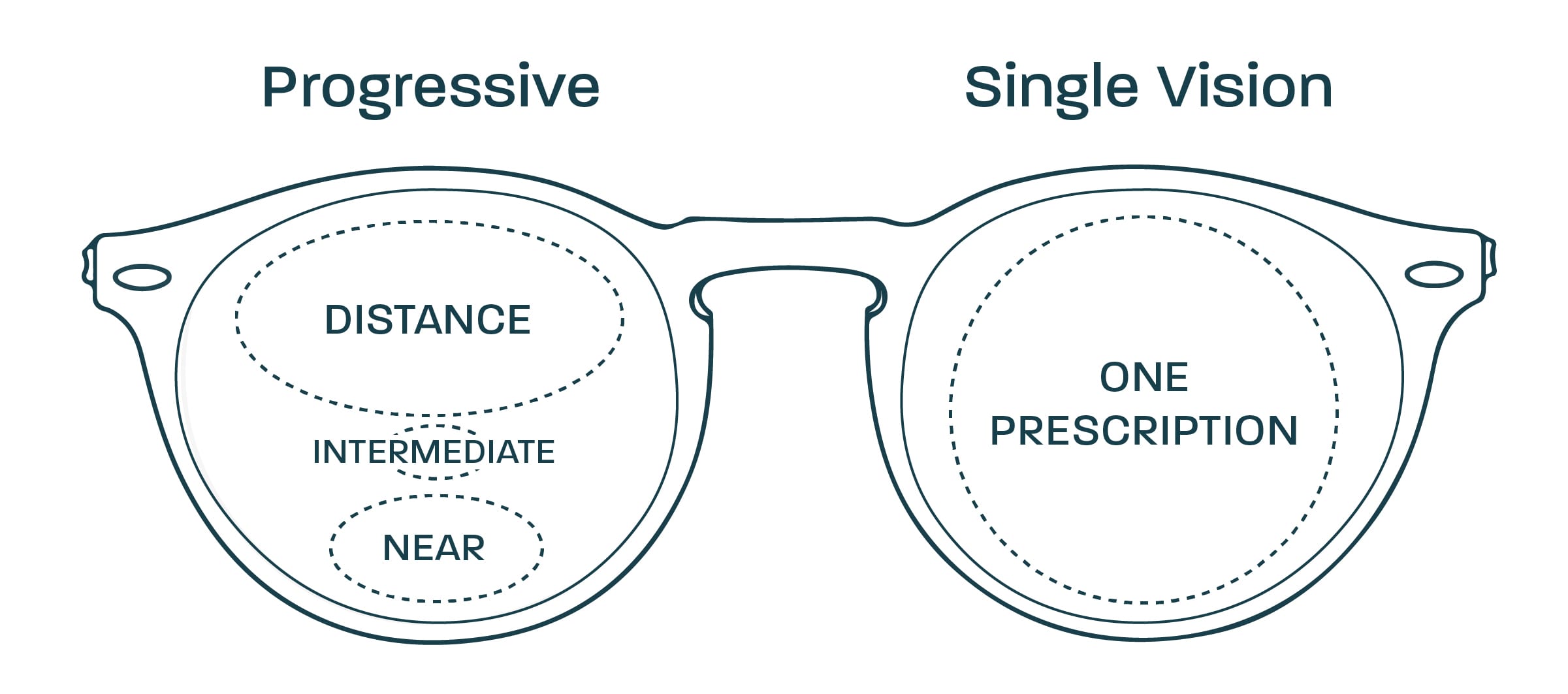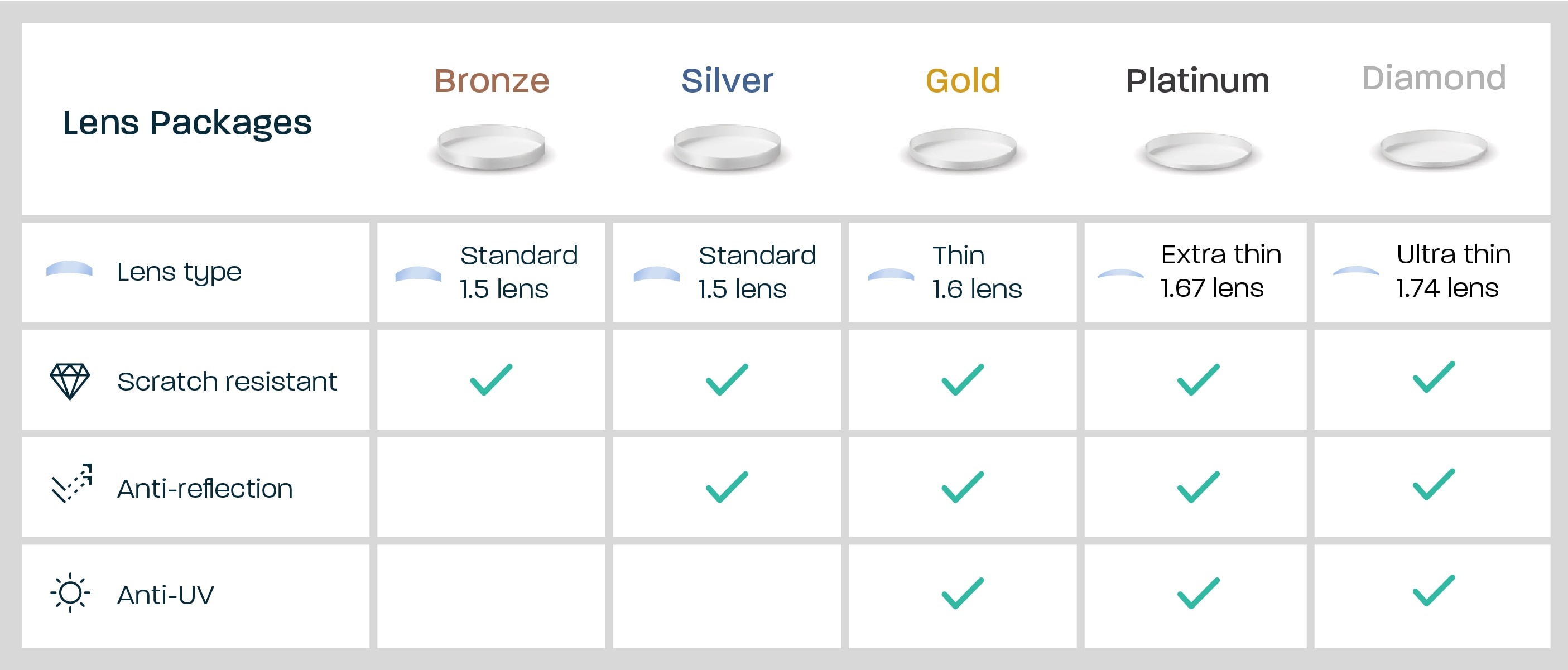What are single-vision lenses?


These lenses feature a single prescription that covers the entire lens. Single-vision lenses correct your vision for one distance whether you suffer from short-sightedness (myopia) or long-sightedness (hyperopia). These lenses are normally used in prescription glasses and sunglasses. They are required for everyday use and can help with tasks like reading, browsing the computer and also seeing objects in the distance.
It is very common for people over the age of 40 to begin to lose their ability to focus on objects nearby. This is known as presbyopia. Single-vision glasses may be required to help with reading and seeing things up close. Individuals with presbyopia may also need to have alternate glasses for different distances. For example, one pair of glasses to see in the distance, such as when driving, and a second pair for reading and other tasks that require you to see close up. Alternatively, there is the option to try multifocal lenses, either bifocal or varifocal.


Progressive vs. single vision lenses
Progressive lenses – also referred to as multifocal lenses – are most suited to people who require two or more prescriptions. They allow you to see at more than one distance with one pair of glasses. You can choose between bifocal and varifocal lenses.
Do you need single-vision lenses for astigmatism?
Astigmatism occurs when your cornea is an irregular shape, so instead of being round like a football, it has more of a rugby ball shape. It is a common eye problem that can make your vision blurry at any distance and often happens along with short-sightedness and far-sightedness.
Generally, single-vision glasses can correct astigmatism as well as near-sightedness and long-sightedness. However, if you need visual correction for other conditions, including presbyopia, then glasses with multifocal lenses might be better suited to your requirements.


What is the cost of single-vision glasses?
At Glasses Direct, all of our glasses are available with free single-vision lenses. We also have a range of different lens packages for you to choose from. These lens packages come with the added benefit of protective coatings, including scratch resistance. There are several lens options to pick from and they are available at a variety of affordable prices.


Which lens thickness is best?
Lens materials are categorised according to their refractive index. When it comes to deciding which lens thickness to pick, it really depends on your prescription. If you have a weaker prescription, you can opt for a standard lens, whereas if your prescription is medium to strong you will benefit from a mid to high-index lens. A high-index lens is designed to be thinner and more lightweight than standard and this is why they are recommended for people with higher prescriptions. This is because lenses with a higher prescription tend to be much bulkier.
A standard lens has a refractive index of 1.5, meanwhile, a mid-index lens is 1.6 which is approximately 20% thinner. A high-index lens is 1.67 and is around 33% thinner, whilst a lens with a refractive index of 1.74 will be around 42% thinner.

